Description
- Cranial Morphology:
– The model accurately reproduces the overall cranial morphology of the orangutan, featuring a large and robust skull with a prominent sagittal crest.
– The sagittal crest is more pronounced in adult males, serving as an anchor for the powerful jaw muscles necessary for their frugivorous diet.
- Dentition:
– Detailed representation of dental features, including large canines and molars adapted for a diverse diet, consisting primarily of fruits, leaves, and occasional insects.
– The dental formula reflects their omnivorous habits, with adaptations for both fruit consumption and the occasional ingestion of invertebrates.
- Postcranial Elements:
– While the focus is on the skull, the model may be part of a larger anatomical representation, showcasing the orangutan’s distinctive long arms and prehensile feet adapted for brachiation (swinging from branch to branch).
- Orbits and Vision:
– The model features large orbits, indicating the importance of visual acuity in navigating the forest canopy.
– Eyes set close together contribute to stereoscopic vision, aiding in depth perception during arboreal locomotion
- Material and Construction:
– Constructed from durable, museum-quality materials, the orangutan skull model ensures longevity and authenticity.
– Meticulous attention to texture and coloration contributes to a lifelike appearance, based on available information and scientific understanding of orangutan anatomy.
- Sexual Dimorphism:
– The model may highlight sexual dimorphism by accurately depicting the larger size and more pronounced features, such as the sagittal crest, in adult male orangutans.
- Educational Significance:
– The skull model serves as an essential educational tool for researchers, educators, and enthusiasts interested in primate anatomy and orangutan evolution.
– It contributes to a deeper understanding of the adaptations that enable orangutans to thrive in their forest habitats.
- Research and Conservation:
– The model aids researchers in studying the variations within orangutan populations and contributes to conservation efforts by fostering a better understanding of the species’ anatomy and ecological needs.
- Behavioral Insights:
– Understanding the cranial features of orangutans provides insights into their feeding ecology, social structure, and unique adaptations to arboreal life.
The orangutan skull model’s accurate representation of anatomical features offers valuable insights into the evolutionary adaptations and ecological roles of these remarkable primates. Its meticulous design and scientific accuracy make it an invaluable tool for educational purposes, research, and as a visual representation of the natural history of orangutans.

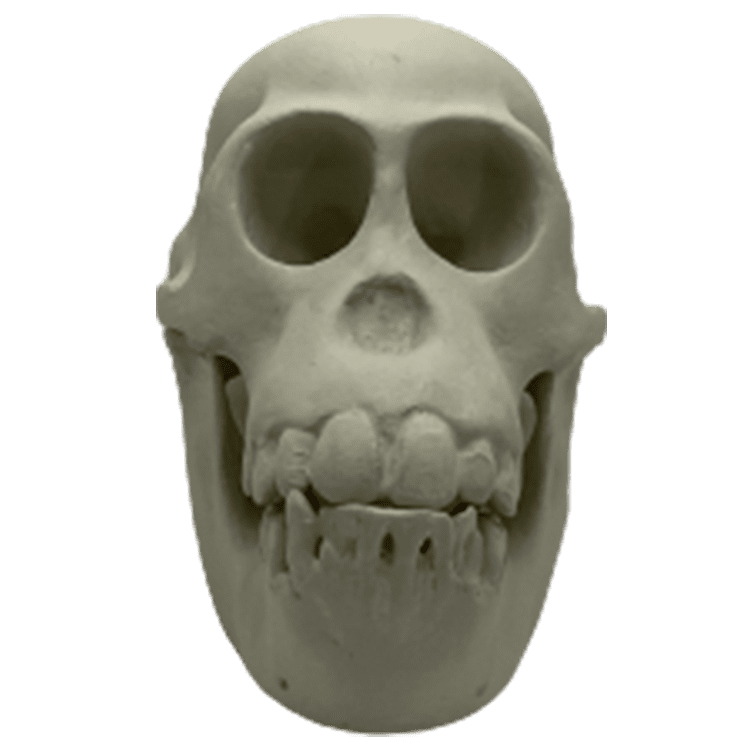
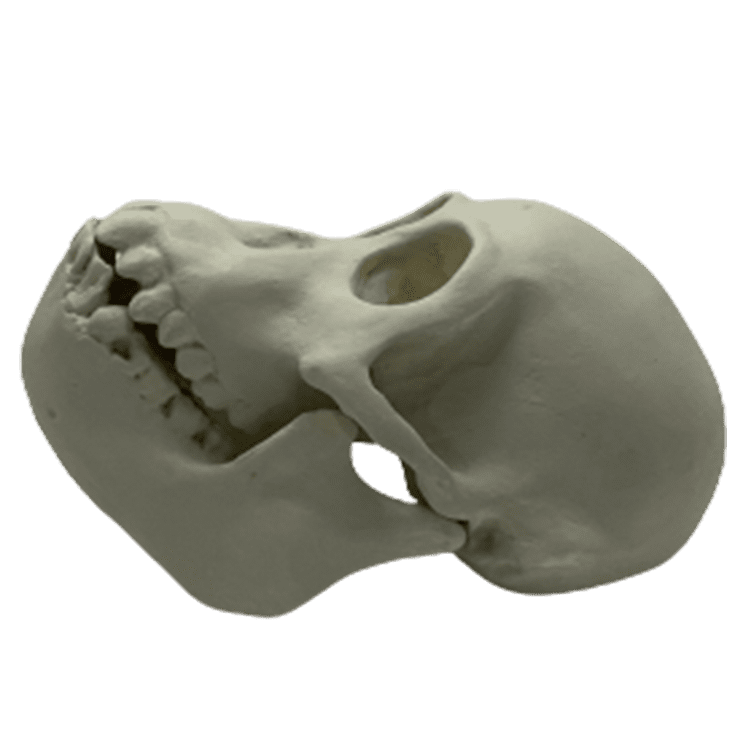
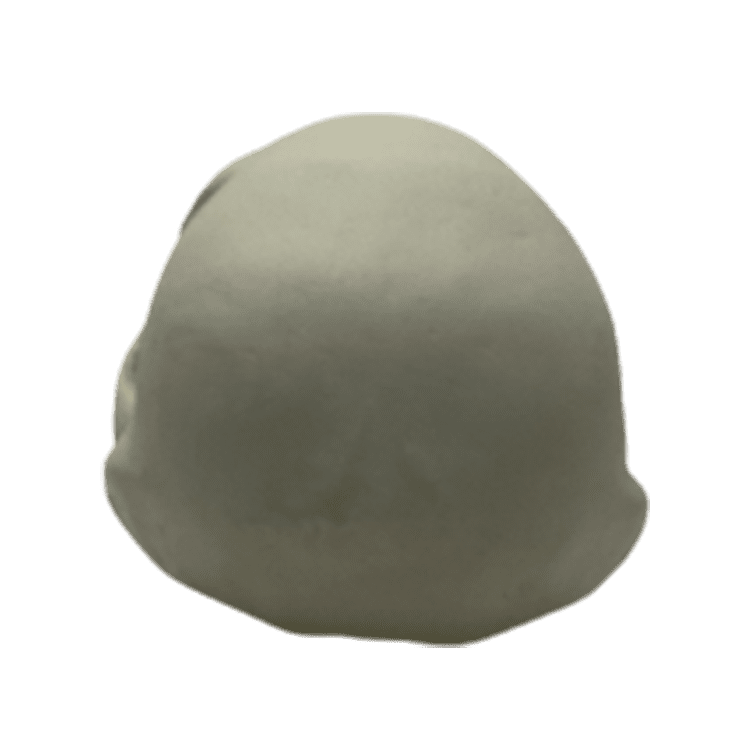

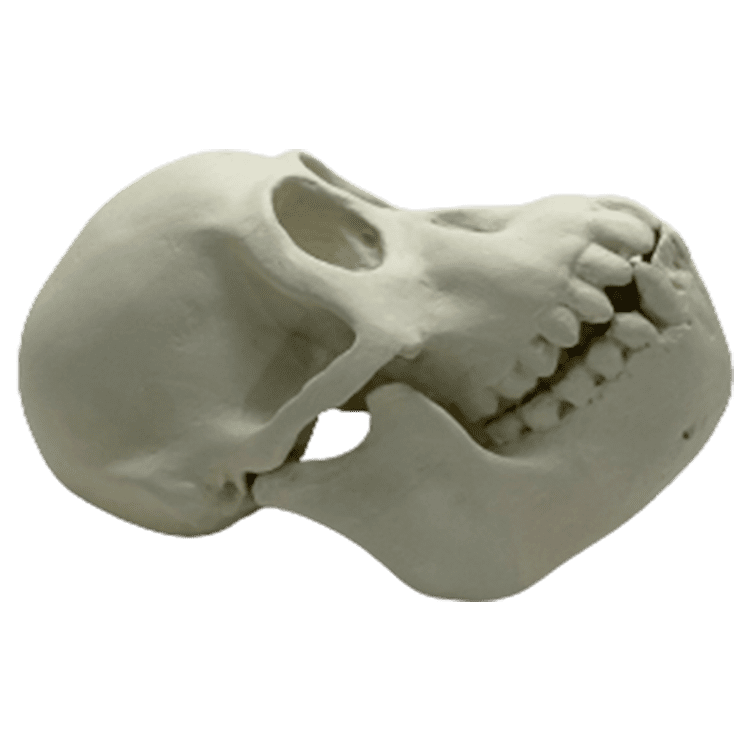
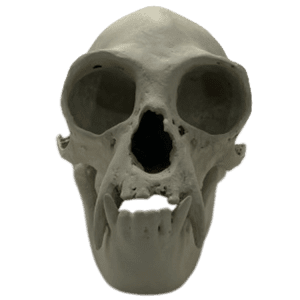
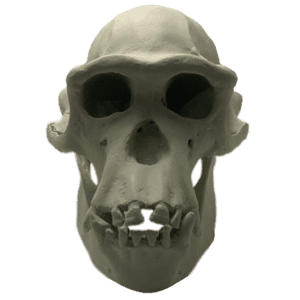
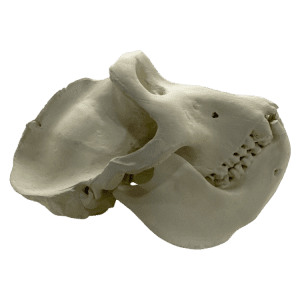
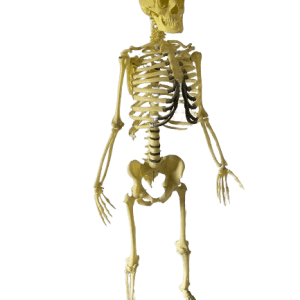
Reviews
There are no reviews yet.